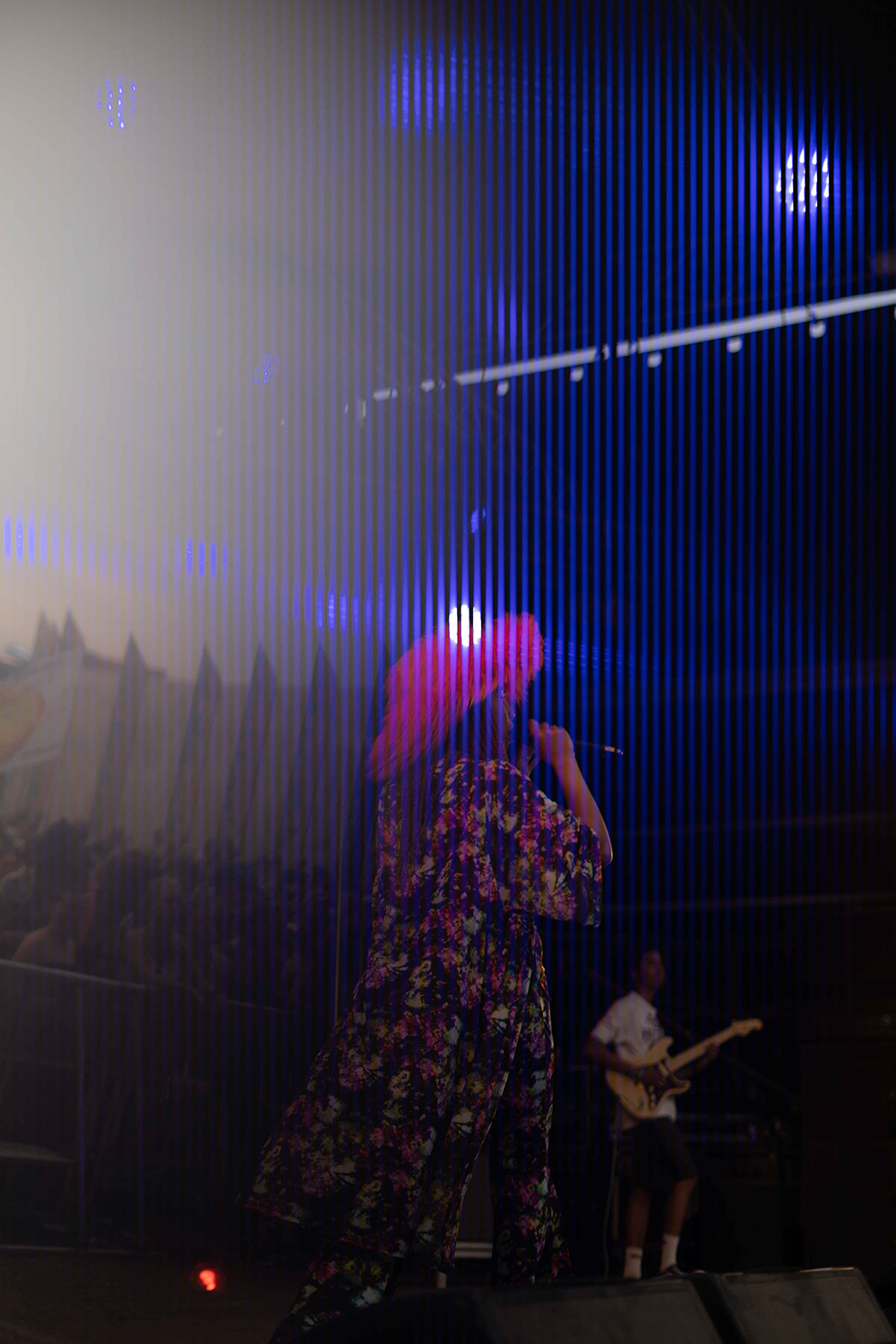I found out about banding due to shooting in silent mode the hard way
Mirrorless cameras are fantastic things but there are some downsides to some of their most useful features

I have a confession to make. I’ve been working as a photographer for nearly five years and I still make mistakes. Yep, I said it. Professional photographers will have you believe they know everything and never get anything wrong but trust me, that is just not the case.
On a recent shoot, I learned about banding in photos due to silent shooting mode the hard way. I knew what banding was and had experienced it when shooting video before but I’ve done countless photo shoots at gigs and it’s never been an issue. I use a Sony A7III but this isn't just an issue Sony cameras have, lots of the best mirrorless cameras have issues with banding, especially when in silent shooting mode.
• Read more: Best Sony cameras
Most mirrorless cameras will have both an electronic and mechanical shutter and there are advantages and disadvantages to both. Some cameras such as the Fujifilm X-T3 make it very clear in its menu which shutter you are using - it even has a setting where the camera will choose which shutter is better to use based on your settings.
Mechanical shutters have a door mechanism that shoots up from the bottom of the camera to cover the sensor when you press the shutter down. Dependent on your shutter speed it will then retract to give the correct exposure. Unlike electronic shutters, mechanical shutters have a lifespan due to the moving parts but they aren't as prone to banding and work much better when using flash.
Electronic shutters work more like an on/off switch - the sensor literally is turned off and on for the given exposure. For wedding photographers and people who need to photograph discretely, electronic shutters are incredibly useful but due to their digital nature, flickers from ambient lighting can interfere.

Banding occurs when your shutter speed is not synced up with the refresh rate/frequency of light. It happens when sensors that read an image line by line can't keep up with the refresh rate of the artificial lights. This mix match in speeds results in the lines you see in images as the result of banding. Stacked sensors are much better at coping with banding as they have memory built into them which means they have faster readouts.
Get the Digital Camera World Newsletter
The best camera deals, reviews, product advice, and unmissable photography news, direct to your inbox!
One of the most annoying things about banding in your photos is it’s really hard to remove in post-processing - not to mention super fiddly and time-consuming. It’s also very hard to tell if it's even occurring when you check images on the back screen as most aren’t high resolution enough to show you such fine details. For this reason, it's worth checking before a shoot that silent shooting mode has been switched off.
Needless to say, it isn’t a mistake I’ll be making again - I am very grateful for silent shooting mode but it’s a shame banding is one of its limitations. The slower the shutter speed you use the less obvious it’ll be but sometimes the perfect shutter speed to reduce banding will be too slow to freeze an image.

Having studied Journalism and Public Relations at the University of the West of England Hannah developed a love for photography through a module on photojournalism. She specializes in Portrait, Fashion and lifestyle photography but has more recently branched out in the world of stylized product photography. Hannah spent three years working at Wex Photo Video as a Senior Sales Assistant, using her experience and knowledge of cameras to help people buy the equipment that is right for them. With eight years experience working with studio lighting, Hannah has run many successful workshops teaching people how to use different lighting setups.
